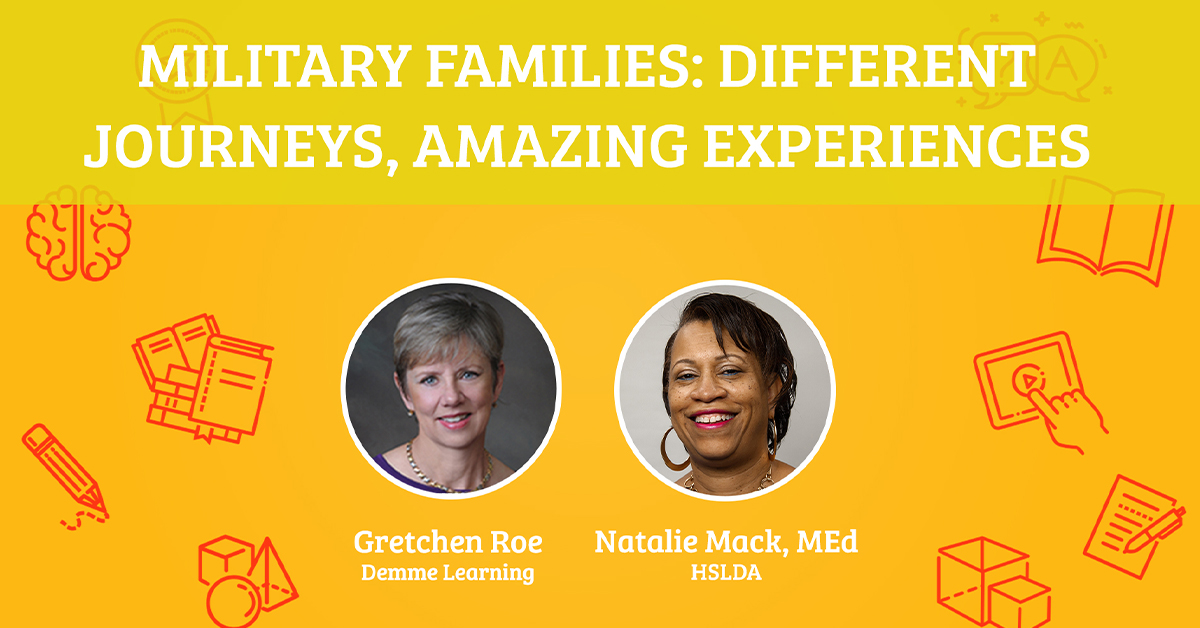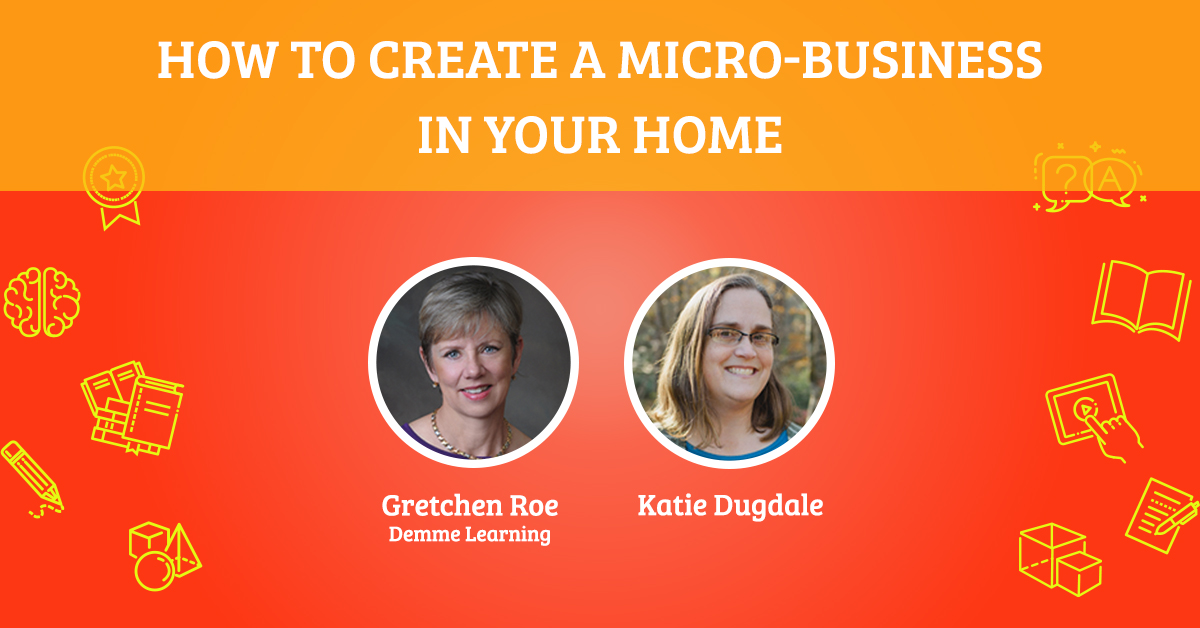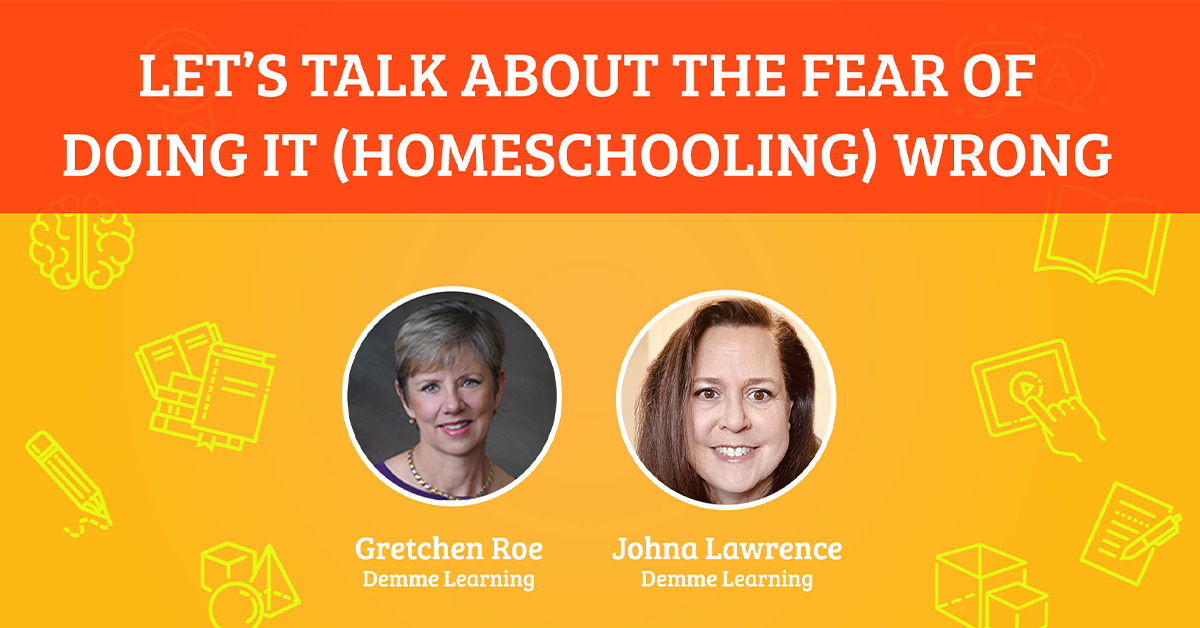How can the Math-U-See methodologies and materials set your student with Attention Deficit Disorder up for success? Join us as we review how to implement strategies that will make your student more mathematically successful.
Find out where you can subscribe to The Demme Learning Show on our show page.
Show Notes
We brought a great deal of intention to this episode because, as parents of children with attention deficit disorder, we recognize that it presents challenges in finding the best in our kids. We recommended several resources for you. The first is the book Scattered Minds: The Origins and Healing of Attention Deficit Disorder by Gabor Mate, who presents the theory that attention deficit disorder is a response to environmental stress. You might find virtue in his research.
Michael mentioned an article he read regarding ADD and math specifically, and we wanted to provide that resource for you.
We want to encourage you to speak affirmatively about what your student CAN do—don’t define them in terms of their attention deficit disorder.
Recognize that if you can work with your student’s specific needs, you can see success. More and more adults in the business world identify with having ADD.
Last but not least, let us share with you one of our blog articles to give you further strategies to create success in your journey.
We Are Here to Help
If you have any questions, you can contact us at the link below.
Get in Touch



Leave a Reply